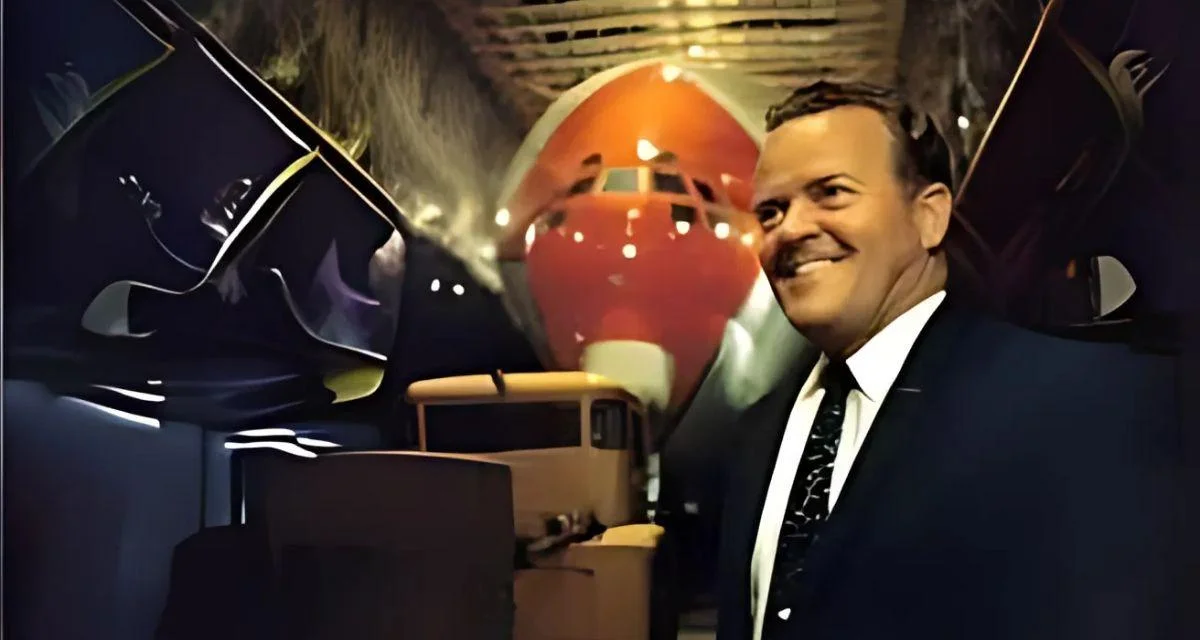As of 2025, NASA continues to operate the last airworthy Super Guppy cargo aircraft, registered N941NA. This aircraft was acquired from Airbus in 1997 after Airbus retired its fleet of Super Guppies and replaced them with the Beluga, which can carry twice as much cargo by weight. The Super Guppy was originally developed to meet NASA's need for transporting outsized loads during the Apollo program in the 1960s.
The design lineage of the Super Guppy traces back to World War II. The Boeing 377 Stratocruiser, on which the Pregnant Guppy and later the Super Guppy were based, evolved from military bombers such as the B-29 Stratofortress and its cargo variant, the C-97 Stratofreighter. Only 55 Stratocruisers were built for airlines due to reliability issues, and they were phased out by the early 1960s.
NASA needed an aircraft capable of carrying large but relatively light rocket components. John M. Conroy founded Aero Spacelines International and created the Pregnant Guppy by modifying surplus Boeing 377s. The success of this aircraft led to further development using KC-97 Stratotankers as a base for new models called Super Guppies.
 Alerts Sign-up
Alerts Sign-up





































